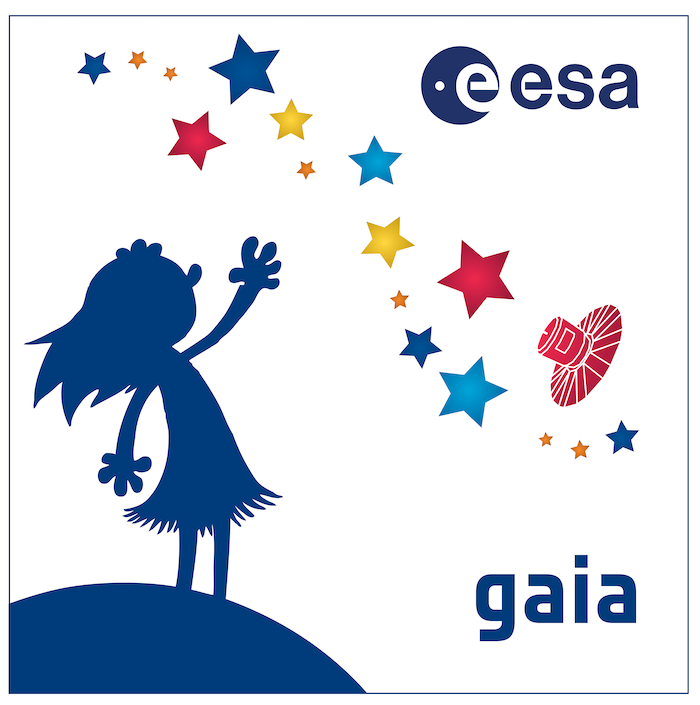Spacecraft passivation - Gaia
Gaia spacecraft passivation and final orbit
Gaia's orbit around Lagrange point L2 can no longer be maintained without propellant, hence Gaia was moved into a heliocentric orbit, away from other spacecraft observing the Universe from L2 and avoiding close proximity to Earth. After Gaia's insertion into its final orbit, the spacecraft was successfully passivated. Passivating a spacecraft means that the payload, payload module, service module and transmitters are all switched off. Gaia was designed to be resilient and may try to reboot itself after being switched off. With the passivation such a reboot was prevented.
The spacecraft passivation marks the official retirement for the Gaia spacecraft. The ESA Gaia flight operations team will continue working on other space missions from then on. The Gaia Data Processing and Analysis Consortium as well as the ESA Gaia Science Operations Team will continue their work on the preparation of Gaia's data release 4 (expected ~2026 and which a first summary of the contents is now available) and Gaia's final legacy catalogue (expected ~2030). The ESA Gaia mission will continue until the publication of the final catalogues, after which it will transition to legacy phase.
Gaia's final orbit
The disposal consisted of two burns. The first burn was performed on 7 March, the final burn was performed on 27 March 2025.
Gaia leaves for its retirement orbit. This video was made with Gaia Sky by Tiago Nogueira, Toni Sagristà, and Stefan Jordan. Special thanks to Alessandro Masat and Ander Martinez from ESA for providing Gaia’s orbit and attitude data. Credits: ESA/Gaia/DPAC - CC BY-SA 3.0 IGO.
News release
A news release has been published by ESA Operations here: "Farewell, Gaia! Spacecraft operations come to an end"
A story was prepared for the Gaia scientific community: "A milestone for the Gaia mission: retirement orbit and passivation".
ESOC
Gaia colleagues gathered at ESOC on the 27th of March to send the Gaia spacecraft off into its retirement.

Gaia fairing logo - this logo was put on the fairing when Gaia was launched on 19 December 2013. Find it published here. A girl reaching for the stars.. waving Gaia goodbye. Credits: ESA.
- Removed a total of (2) style text-align:center;
- Removed a total of (3) style text-align:justify;








































 Sign in
Sign in
 Science & Technology
Science & Technology